- Learning time
- 40 minutes
- First play time
- 120 minutes
Terraforming Mars: Ares Expedition
Designed by: Jacob Fryxelius,Nick Little,Sydney Engelstein
Ares Expedition is a standalone game inspired by it’s predecessor, Terraforming Mars. The original game was long and sprawling, so Ares Expedition is really an attempt to bring the same experience in a more accessible – and briefer! – way, largely through the use of an enormous deck of cards.
As with the original game, the players represent huge corporations both collaborating – to terraform the planet ready for human habitation – but also competing, in that all their actions are geared towards pushing up their terraforming rating, which equals points at the end of the game. Everyone has the same long-term objectives: to raise the oxygen level and temperature of the planet surface, and establish oceans. These three criteria are tracked on a central, shared board that shows the planet and tracks the players’ terraforming ratings. In the short term, Ares Expedition plays as a series of rounds, with each round made up of five phases that involve players playing various cards to the table in front of them, representing their contribution and progress on the collective effort. For expediency’s sake, we’ll drop the game’s terminology for a moment and put them in simple terms:
Phase 1 is play green (production) cards. Phase 2 is play blue (action) or red (one-off reward) cards. Phase 3 lets you activate all your previously-played action cards as well as take the holy grail of terraforming actions: pushing up the planet’s habitability, and your own terraforming rating Phase 4 activates all your previously-played production cards, and Phase 5 allows you to get more of the precious cards, which are the game’s basic economy: without any cards, you can do very little. Every player has a set of phase cards and in each round, players decide secretly which one they’ll activate: when a phase is activated, all players get to play that phase, and the player(s) who played that phase card also gets a benefit for doing so.
But there are economies other than cards, not least cash: each card you play to the table has a cost, so establishing some production (green) cards that will reward every time anyone runs production is pretty vital: the game provides boards for each player that track you production, so you don’t need to keep rifling through a growing confection of cards in front of you. Actions can be powerful, so you don’t want to be left twiddling your thumbs if anyone plays the action phase. If you’re short of cash, cards in hand can always be discarded for three money…
Finally, there are a number of kind of secondary currencies on the cards – think of them as suits, perhaps – that can combine with other cards in different ways (explained on the cards themselves). Note too that playing cards with the steel or titanium suit on them makes steel and titanium cards increasingly cheaper to play in the future – ignore these opportunities at your peril!
As the game progresses, everyone’s corporation gets increasingly powerful and the baby steps of the opening few rounds give way to a sprint to the finish, with Mars hurtling from an inhospitable rock to an idyll ready to populate. When the planet’s terraforming needs are met, players compare score: as well as your terraforming rating, you get points from cards played.
The guru's verdict
-
Take That!
Take That!
Very little. Despite the competition, players are thematically collaborating.
-
Fidget Factor!
Fidget Factor!
Very low - all players play the phases at the same time.
-
Brain Burn!
Brain Burn!
A tactical one, although not without strategic options. The enormous deck of cards in three flavours (green/blue/red) is populous and distinct enough to give a huge amount of options. Mix in the secondary 'suits' of planets, microbes and animals and the options at your disposal are both wide-ranging and productive.
-
Again Again!
Again Again!
Despite the massive deck of cards, there are no duplicates at all. So each play of TM:AE will be guaranteed distinct from the last on a micro-level.

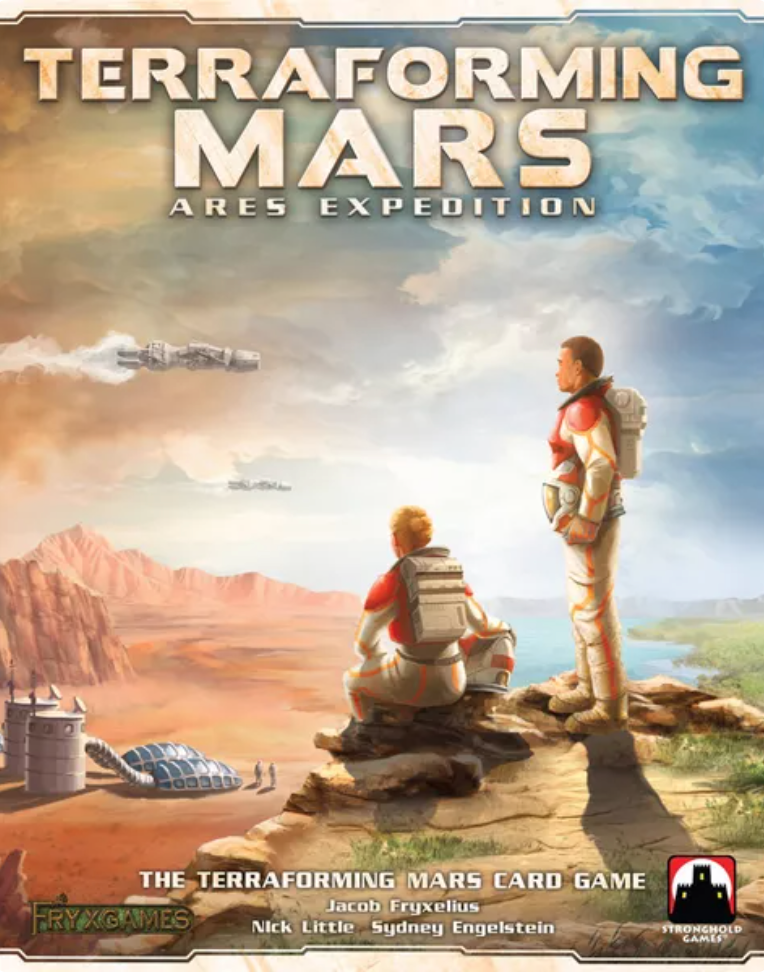

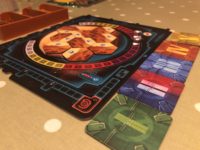

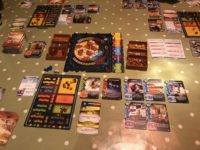
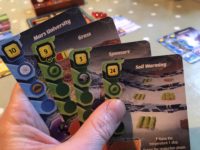



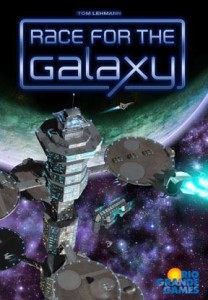
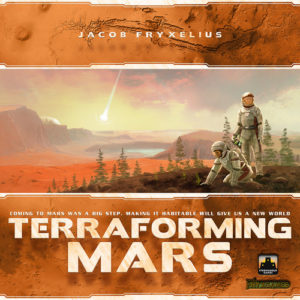

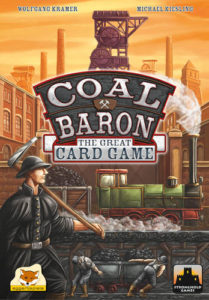
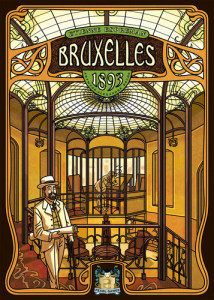
Sam says
Whew. I'm both very impressed by Ares Expedition whilst simultaneously finding it a bit disappointing, for different reasons. On the plus side, the engine-building of looking for cards that combine and synergise is hugely rewarding, and I'm not sure I've seen it done better: pitched to give you options, but - with a hand limit of ten - not overwhelm you. As my main reservation about the original Terraforming Mars was its length, Ares Expedition successfully reduces the playtime whilst keeping a similar flavour to it. The down-side however is the complete lack of player interaction: where the original had a combative element on the shared board, Ares Expedition sheds that shared focus and simply has players playing cards to their own playing area, with zero effect on whatever anyone else is doing. Though I can understand the decision to let all players do this at the same time - taking turns would make the game length extremely ponderous - the net result is that the experience is that of players in the same room, playing different games that are only linked in the vaguest possible sense. Start the phase: heads down, mumble mumble. Check everyone is on the same phase. Finish the phase, and start the next one. Whilst what you're doing with your own cards feels both productive and rewarding, there's a gaping void where play with others could be: I won our first try at Ares Expedition and literally had to explain why to my competitors, as we'd been taking so little note of each other for the last 90 minutes. For sure, many games have this non-confrontational, do-your-own-thing, compare-scores-at-the-end structure to them and if you like that dynamic Ares Expedition could be a big hit. But for us it was a bit of a miss - for all that the original game ran long, it at least had a shared sense of play that's absent here.